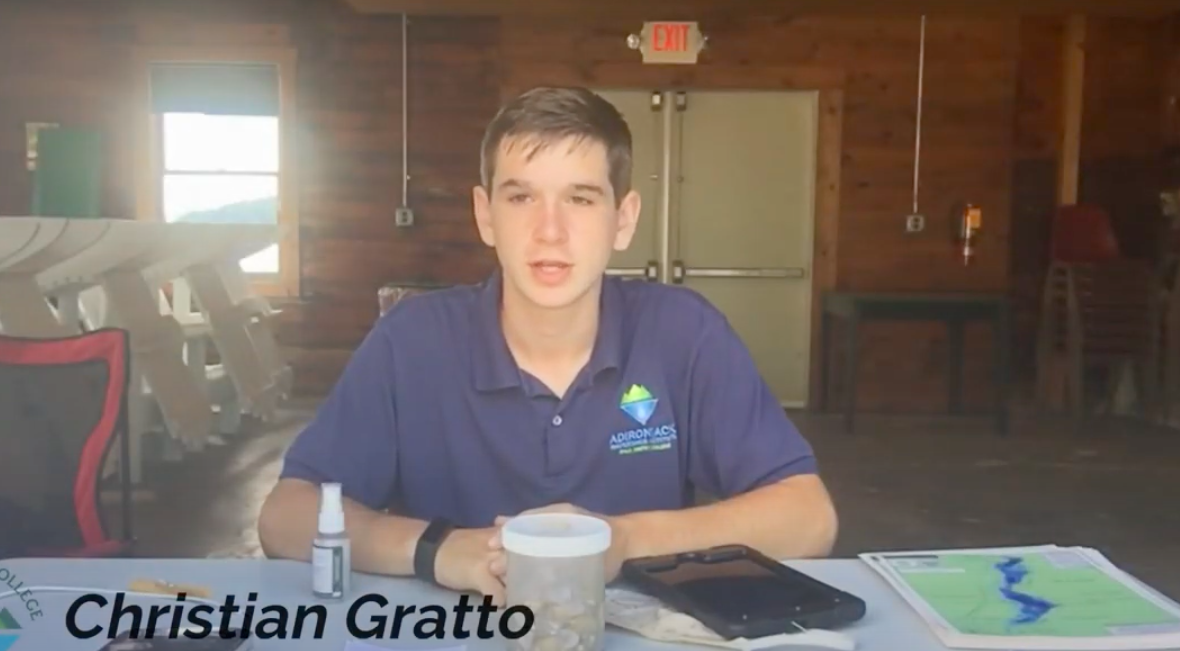The State of Schroon Lake 2020
/Many folks we’ve spoken to over the summer have commented how busy Schroon and Paradox Lakes have been this season.
On some weekends we’ve witnessed day long water craft induced wakes on Schroon. To get a spot at Dog Beach arrive early. The Dock Street boat trailer lot fills up quickly, with the Town Hall parking lot absorbing the overflow. The Schroon Lake Marina has moved a ton of inventory, according to co-owner Craig Kennedy. And we’ve seen a lot more smiling faces on stand up paddle boards, kayaks and canoes than in previous years. Maybe this is due to the pandemic, with folks staying local.
The fact is our lakes and gorgeous Schroon town beach continue to be a huge draw, and the number one attraction pulling in tourists dollars to our local towns. And the reason our lakes are so popular are the pristine waters, the result of three organizations working together. Volunteers from The Paradox Lake Association, The East Shore Schroon Lake Association and The Schroon Lake Association (SLA) are tireless in their efforts to protect our bodies of water.
Filmmaker and Lake Steward Christian Gratto
Recently the Schroon Lake Association hosted a virtual educational presentation on the state of the lake, hosted by SLA president Marg Granger.
You can watch the presentation above by clicking the video above or click here.
Mark reminds us of the origins of why the SLA was formed in 1911. That’s when the government planned to turn Schroon, Paradox, the hamlet of Adirondack, Horicon and Severance into a gigantic reservoir. Citizens fought hard and won to stop the plan. Years later the fight continues. The enemies today are invasive species and pollutants getting into the lake.
Even during this pandemic, the work of the SLA continues: water sampling, stewards manning boat launches and boat washing stations, the mapping of the lake bottom to detect areas of invasives and monitoring sand and silt levels washing into the lake from the Schroon River.
The video is well worth watching. Christian Gratto did a fine job editing multiple interview and graphic elements. He also makes a cameo talking about his duties as a lake steward at the Schroon Lake Boat Launch
Paradox Lake Steward Wilden Bruce
You’ll also hear from several experts and volunteers, including Neil Chippendale, who gives a very informative and easy to understand demo on the technology used to “bottom map” Schroon Lake. Paradox Lake steward Wilden Bruce talks about boat inspections and two milfoil harvesters from the Invasive Solutions Dive Company explain why they remove this invasive by hand. You’ll come away with a greater understanding of just how important our lake associations are to the well-being of Paradox and Schroon Lakes.
Neil Chippendale demonstrates technology used to “bottom map” Schroon Lake
The SLA is always looking for volunteers. If you don’t have the time, your donations will go a long way to help preserve our lake for generations to come.
Check out these SLA links for information on Volunteers, new Members, and their Fundraising activities. Please visit these pages to see what YOU can do to help!
Experts from the Invasive Solutions Dive Company are interviewed by SLA’s Roger Friedman
















